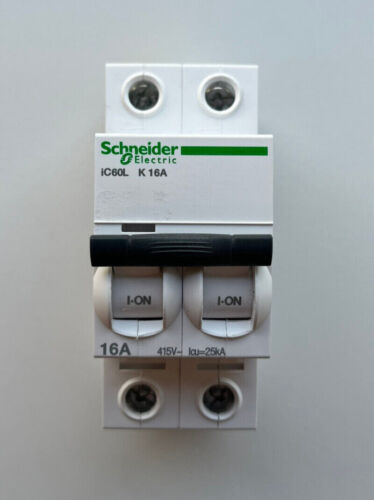Negotiating service level agreements (SLAs) with suppliers is a critical aspect of managing relationships with vendors. SLAs outline the expectations and responsibilities of both parties, ensuring that services are delivered in a timely and efficient manner. By negotiating SLAs effectively, businesses can ensure that they receive high-quality services and maintain strong relationships with their suppliers. Here are some best practices for negotiating SLAs with suppliers:
1. Define clear objectives: Before entering into negotiations with a supplier, it is important to clearly define the objectives of the SLA. This includes outlining the specific services that will be provided, the quality standards that must be met, and the timeline for delivery. By establishing clear objectives, both parties can ensure that there is a mutual understanding of expectations.
2. Establish measurable metrics: SLAs should include measurable metrics that can be used to track the performance of the supplier. This could include metrics such as response times, resolution times, and uptime percentages. By including measurable metrics in the SLA, businesses can hold suppliers accountable for meeting performance standards.
3. Set realistic targets: When negotiating SLAs, it is important to set realistic targets that are achievable for both parties. Setting unrealistic targets can lead to frustration and strained relationships with suppliers. By setting realistic targets, businesses can ensure that suppliers are able to meet their obligations and deliver high-quality services.
4. Include penalties and incentives: SLAs should include penalties for suppliers who fail to meet performance standards, as well as incentives for suppliers who exceed expectations. Penalties can help to ensure that suppliers are motivated to meet their obligations, while incentives can encourage suppliers to go above and beyond to deliver exceptional service.
5. Define escalation procedures: In the event that a supplier fails to meet performance standards, it is important to have clear escalation procedures in place. This could include steps for escalating issues to higher levels of management or terminating the contract if performance does not improve. By defining escalation procedures in advance, businesses can quickly address any issues that arise and ensure that services are delivered as expected.
6. Review and revise regularly: SLAs should be reviewed and revised regularly to ensure that they remain relevant and effective. As business needs and priorities change, SLAs may need to be updated to reflect these changes. By regularly reviewing and revising SLAs, businesses can ensure that they continue to meet their needs and provide value to both parties.
Negotiating SLAs with suppliers is a critical aspect of managing vendor relationships. By following these best practices, businesses can ensure that they have effective SLAs in place that support their operations and deliver high-quality services. By establishing clear objectives, setting measurable metrics, and including penalties and incentives, businesses can negotiate SLAs that benefit both parties and support strong relationships with suppliers.















